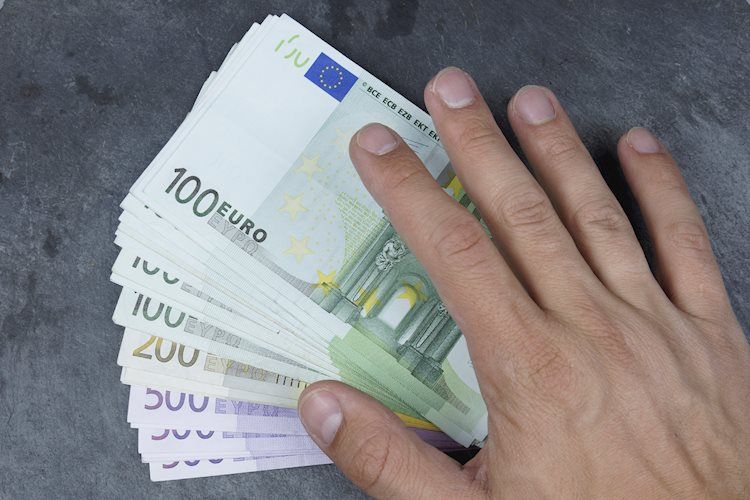The Eurozone’s Consumer Price Index (CPI) for August showed a preliminary increase of 0.2% for the month and a 2.2% rise over the year. This figure was slightly lower than July’s 2.6% and in line with expectations, according to Scotiabank’s Chief FX Strategist Shaun Osborne. The core inflation also eased slightly to 2.8% year-on-year, while services inflation rose to 4.2%. These numbers suggest a cautious approach to potential rate cuts by the European Central Bank (ECB) in the future.
According to Osborne, there may be softer trends developing in the Euro (EUR) currency. Despite some consolidation on the intraday charts, the EUR is struggling to hold on to gains above the 1.11 level. The recent close of the week indicates a potential reversal in the longer-term charts. If the EUR weakens below the 1.1050/55 support level, it could edge back to 1.0990/00.
The ECB Governor Muller expressed growing confidence in a rate cut in September, which is already fully priced in by the market. However, the future policy path after this potential rate cut is uncertain. The ECB’s decision will likely depend on various economic factors and indicators in the Eurozone. The EUR’s performance in the coming weeks will also be influenced by global factors, such as trade tensions and geopolitical events.
Investors and traders will closely monitor the developments in the Eurozone and the ECB’s decisions regarding monetary policy. Any surprises or unexpected events could lead to increased volatility in the EUR currency. It is important to stay informed and analyze market trends to make informed decisions when trading EUR pairs.
Overall, the EUR is currently consolidating its recent losses and trading in a tight range. The currency’s future movements will depend on a combination of economic data, central bank decisions, and global events. Traders should pay close attention to technical levels and key support and resistance areas to make informed trading decisions in the EUR pairs.
As the market continues to digest the latest inflation data and ECB comments, the EUR is likely to experience increased volatility in the coming weeks. It is important for traders to stay vigilant and adapt to changing market conditions to capitalize on potential trading opportunities in the EUR pairs. By staying informed and analyzing key economic indicators, traders can navigate the complex currency markets and make profitable trading decisions.











